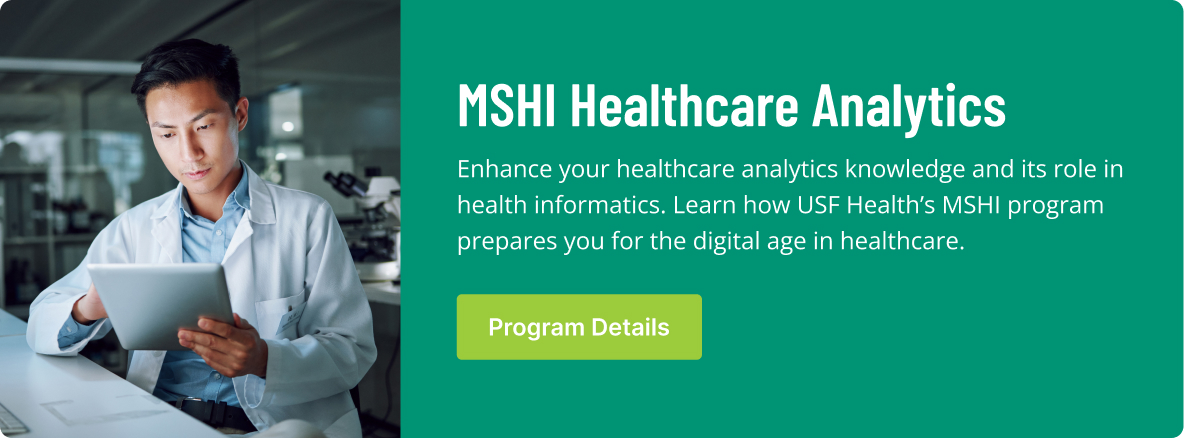For all the benefits and intelligence to be gained through healthcare analytics, it’s by no means an out of the box, set it and forget it type of solution to turning health information into insight.
Like any innovation in healthcare, analytics systems, the workforce around them and the technology that drives them, must be optimized to suit the industry segment and organizational goals and needs. Executives and the teams they lead face a number of challenges in doing this, ranging from removing pain points in governance to coping with changes to organizational structure.
To give you an idea of how to go about implementing analytics solutions that can drive improved performance and patient outcomes, we’ve compiled a list of principles to keep in mind as you attempt to make the most of the data your organization is working with.
The Right Technology
In many cases, healthcare organizations are working with legacy systems and tools that don’t fit the business use or modern functionality. Just like the staff that works with it, technology has to be developed with a mindset geared toward innovation, progression and long-term success.
Technology solutions themselves are changing and becoming more dependent on the cloud. Tech stacks that can plug into these types of tools should be a priority for executives looking to set their teams up for the future.
Focus on the Patient
In an era where patient access to their health data is more of a mandate than a goal, keeping patients informed through analytics creates an improved patient experience and better educated patients when it comes time to make decisions regarding their care.
“The patient expects more now than ever, including personalized treatments and care teams that have the up-to-date details about their condition and latest approaches,” Cameron Thompson, Managing Director for healthcare at analytics vendor Acxiom, told Healthcare IT News. “Using analytics as a provider to better understand your patients is of utmost importance. Doing so begins with taking known data within the provider organization, combining it with outside information, and building a portrait of the patient that supplements the care team goals.”
To do this, providers need to identify patient needs, apply behavior design principles, consider the patient’s abilities, create custom prompts and deploy it in a way that accounts for patient feedback and will be able to function with new technology systems.
Break Down the Silos, Build Up Insight
As more departments have started collecting data from a wider variety of sources, the healthcare landscape for data has become diverse but oftentimes fails to be integrated. Getting data out of silos is becoming more common as companies move the information into the cloud, so now the focus becomes gaining insight from it.
That is set to be a major industry focus in the coming year. An article from Forbes lays out predictions from Frost & Sullivan’s Transformational Healthcare Group for what will disrupt healthcare in the coming year. It lists Social Determinants of Health analytics gaining traction as their No. 1 disruption for 2020, for example. But the only way that can happen is if the data is freed from silos across the spectrum care to be analyzed by these systems.
As tech steps into healthcare even more, it promises solutions that involve machine learning, artificial intelligence and precision medicine. The only way that any of those things will be effective is if the data is freed from silos and flowing across the organization to fuel insight into every aspect of care.




